
The day of justice has finally arrived, and the United States Supreme Court has reversed Roe v. Wade in an epic, landmark opinion. But a vote of 5 to 4 in the decision written by Justice Samuel Alito, and joined by Justices Clarence Thomas, Neil Gorsuch, Brett Kavanaugh, and Amy Coney Barrett, Roe v. Wade and a case that came after, Planned Parenthood v. Casey, were fully reversed. Those two cases have propped up the legal house of cards that abortion rested on for years – but no more! Chief Justice John Roberts joined those 5 in affirming Mississippi’s limit on abortion starting at almost 4 months of pregnancy, making the vote 6 to 3 in the state’s favor on the narrow point of whether a state could have any limit before a child could live outside the womb.
“Roe v. Wade has been a cancer growing in our Constitution resulting in more than 63 million deaths. Today, the court has cut it out, and that’s a win. Now we get back to building up a healthy society, affirming life for women and their children, born and preborn,” Student for Life of America/ SFLAction President Kristan Hawkins.
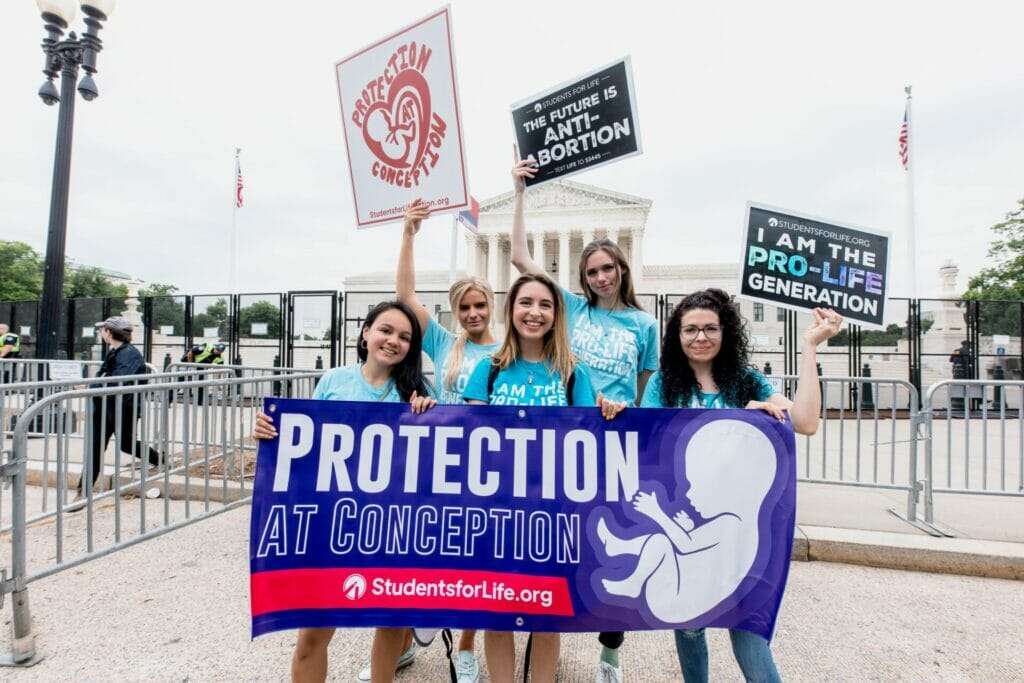
The two biggest holdings from this opinion are that Roe is reversed and “protecting the life of the unborn” is a legitimate state interest in health and safety regulations—but chances are, you haven’t gotten to read all of this amazing 213-page ruling yet. No worries: that’s what Students for Life of America (SFLA) is here for. We have pulled out quotes from the majority opinion which we believe highlight the topics which have been hotly debated since the original 1973 ruling almost 50 years ago. Check them out below:
- “The Constitution makes no reference to abortion, and no such right is implicitly protected by any constitutional provision, including the one on which the defenders of Roe and Casey now chiefly rely—the Due Process Clause of the Fourteenth Amendment.” (Page 5)
- “It is time to heed the Constitution and return the issue of abortion to the people’s elected representatives.” (Page 6)
- “The Constitution makes no express reference to a right to obtain an abortion, and therefore those who claim that it protects such a right must show that the right is somehow implicit in the constitutional text. Roe, however, was remarkably loose in its treatment of the constitutional text. It held that the abortion right, which is not mentioned in the Constitution, is part of a right to privacy, which is also not mentioned.” (Page 14)

- “When we engage in that inquiry in the present case, the clear answer is that the Fourteenth Amendment does not protect the right to an abortion.” (Page 14)
- “The inescapable conclusion is that a right to abortion is not deeply rooted in the Nation’s history and traditions. On the contrary, an unbroken tradition of prohibiting abortion on pain of criminal punishment persisted from the earliest days of the common law until 1973.” (Page 25)
- “Not only are respondents and their amici unable to show that a constitutional right to abortion was established when the Fourteenth Amendment was adopted, but they have found no support for the existence of an abortion right that predates the latter part of the 20th century—no state constitutional provision, no statute, no judicial decision, no learned treatise.” (Page 26)
- “While individuals are certainly free to think and to say what they wish about “existence,” “meaning,” the “universe,” and “the mystery of human life,” they are not always free to act in accordance with those thoughts. License to act on the basis of such beliefs may correspond to one of the many understandings of “liberty,” but it is certainly not “ordered liberty.” (Page 30-31)

- “What sharply distinguishes the abortion right from the rights recognized in the cases on which Roe and Casey rely is something that both those decisions acknowledged: Abortion destroys what those decisions call “potential life” and what the law at issue in this case regards as the life of an “unborn human being.” See Roe, 410 U. S., at 159 (abortion is “inherently different”); Casey, 505 U. S., at 852 (abortion is “a unique act”). None of the other decisions cited by Roe and Casey involved the critical moral question posed by abortion. They are therefore inapposite. They do not support the right to obtain an abortion, and by the same token, our conclusion that the Constitution does not confer such a right does not undermine them in any way.” (Page 32)
- “In addition, when one of our constitutional decisions goes astray, the country is usually stuck with the bad decision unless we correct our own mistake. An erroneous constitutional decision can be fixed by amending the Constitution, but our Constitution is notoriously hard to amend. See Art. V; Kimble, 576 U. S., at 456. Therefore, in appropriate circumstances we must be willing to reconsider and, if necessary, overrule constitutional decisions. Some of our most important constitutional decisions have overruled prior precedents.” (Page 40)
- “In this case, five factors weigh strongly in favor of overruling Roe and Casey: the nature of their error, the quality of their reasoning, the “workability” of the rules they imposed on the country, their disruptive effect on other areas of the law, and the absence of concrete reliance.” (Page 43)
- “Roe was also egregiously wrong and deeply damaging.” (Page 44)
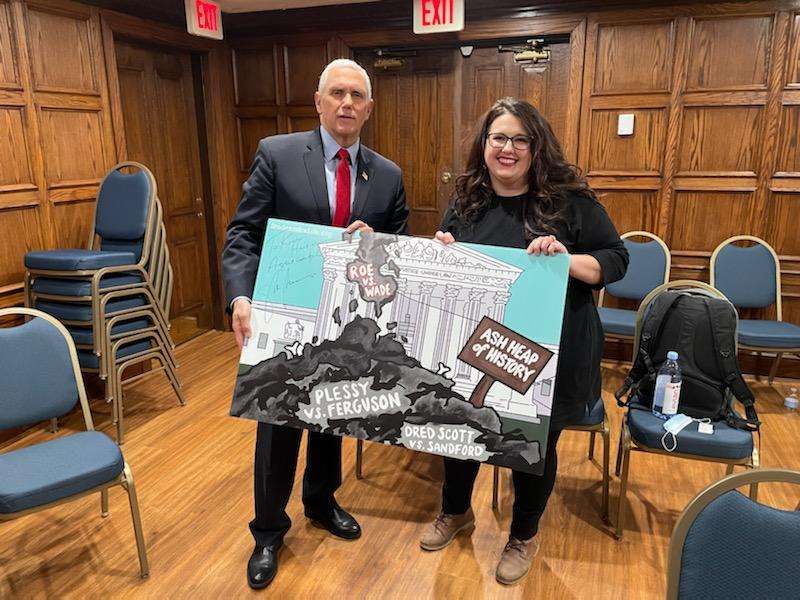
- “Roe was on a collision course with the Constitution from the day it was decided, Casey perpetuated its errors, and those errors do not concern some arcane corner of the law of little importance to the American people. Rather, wielding nothing but “raw judicial power,” Roe, 410 U. S., at 222 (White, J., dissenting), the Court usurped the power to address a question of profound moral and social importance that the Constitution unequivocally leaves for the people.” (Page 44)
- “Together, Roe and Casey represent an error that cannot be allowed to stand.” (Page 44)
- “Roe was incorrectly decided, but that decision was more than just wrong. It stood on exceptionally weak grounds.” (Page 45)
- “Roe found that the Constitution implicitly conferred a right to obtain an abortion, but it failed to ground its decision in text, history, or precedent.” (Page 45)
- “Roe’s reasoning quickly drew scathing scholarly criticism, even from supporters of broad access to abortion.” (Page 46)
- “But even if one takes the view that “personhood” begins when a certain attribute or combination of attributes is acquired, it is very hard to see why viability should mark the point where “personhood” begins. The most obvious problem with any such argument is that viability is heavily dependent on factors that have nothing to do with the characteristics of a fetus. One is the state of neonatal care at a particular point in time. Due to the development of new equipment and improved practices, the viability line has changed over the years.” (Pages 51-52)

- “In addition, as the Court once explained, viability is not really a hard-and-fast line.” (Page 53)
- “The viability line, which Casey termed Roe’s central rule, makes no sense, and it is telling that other countries almost uniformly eschew such a line.” (Page 53)
- “All in all, Roe’s reasoning was exceedingly weak, and academic commentators, including those who agreed with the decision as a matter of policy, were unsparing in their criticism.” (Pages 53-54)
- “The Court’s abortion cases have diluted the strict standard for facial constitutional challenges.60 They have ignored the Court’s third-party standing doctrine.61 They have disregarded standard res judicata principles.62 They have flouted the ordinary rules on the severability of unconstitutional provisions,63 as well as the rule that statutes should be read where possible to avoid unconstitutionality.64 And they have distorted First Amendment doctrines.” (Pages 63)
- “Our decision returns the issue of abortion to those legislative bodies, and it allows women on both sides of the abortion issue to seek to affect the legislative process by influencing public opinion, lobbying legislators, voting, and running for office. Women are not without electoral or political power. It is noteworthy that the percentage of women who register to vote and cast ballots is consistently higher than the percentage of men who do so.” (Pages 65)
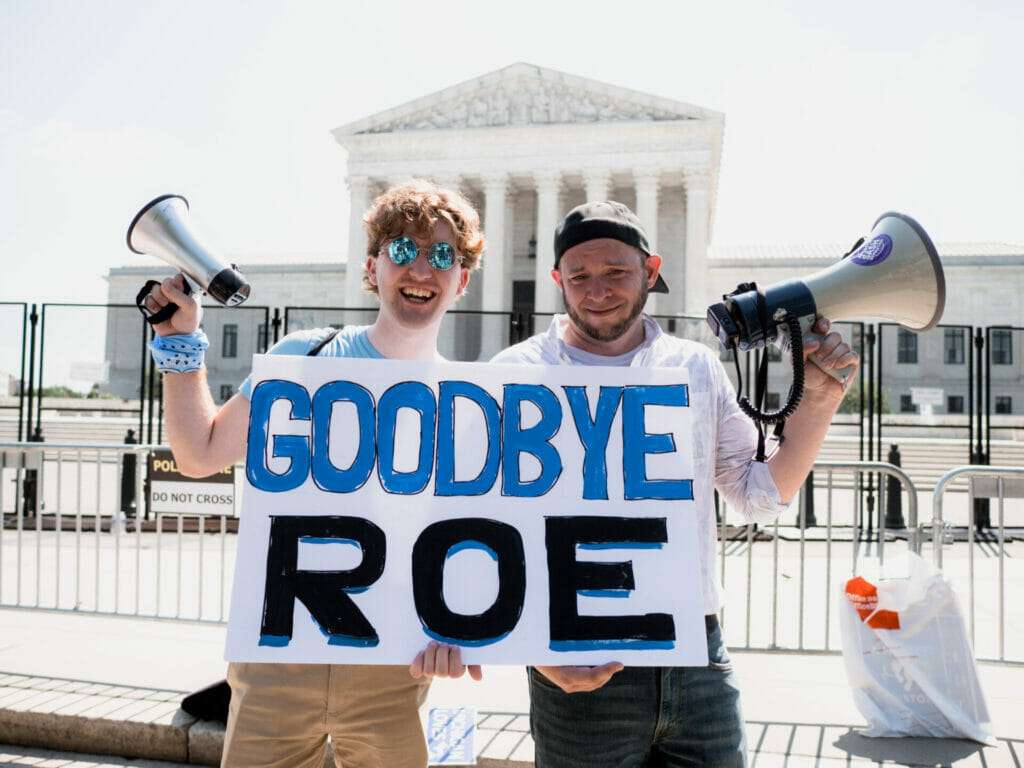
- “And to ensure that our decision is not misunderstood or mischaracterized, we emphasize that our decision concerns the constitutional right to abortion and no other right. Nothing in this opinion should be understood to cast doubt on precedents that do not concern abortion. (Page 66)
- “But we cannot exceed the scope of our authority under the Constitution, and we cannot allow our decisions to be affected by any extraneous influences such as concern about the public’s reaction to our work.” (Page 67)
- “This Court cannot bring about the permanent resolution of a rancorous national controversy simply by dictating a settlement and telling the people to move on. Whatever influence the Court may have on public attitudes must stem from the strength of our opinions, not an attempt to exercise “raw judicial power.” (Page 68-69)
- “We therefore hold that the Constitution does not confer a right to abortion. Roe and Casey must be overruled, and the authority to regulate abortion must be returned to the people and their elected representatives.” (Page 69)

- “Precedents should be respected, but sometimes the Court errs, and occasionally the Court issues an important decision that is egregiously wrong. When that happens, stare decisis is not a straitjacket.” (Page 70)
- “But we have stated unequivocally that “[n]othing in this opinion should be understood to cast doubt on precedents that do not concern abortion.” Supra, at 66. We have also explained why that is so: rights regarding contraception and same-sex relationships are inherently different from the right to abortion because the latter (as we have stressed) uniquely involves what Roe and Casey termed “potential life.” (Page 71)
If you would like to read the Dobbs v. Jackson opinion in its entirety, click HERE.
Share this post
Recent Posts
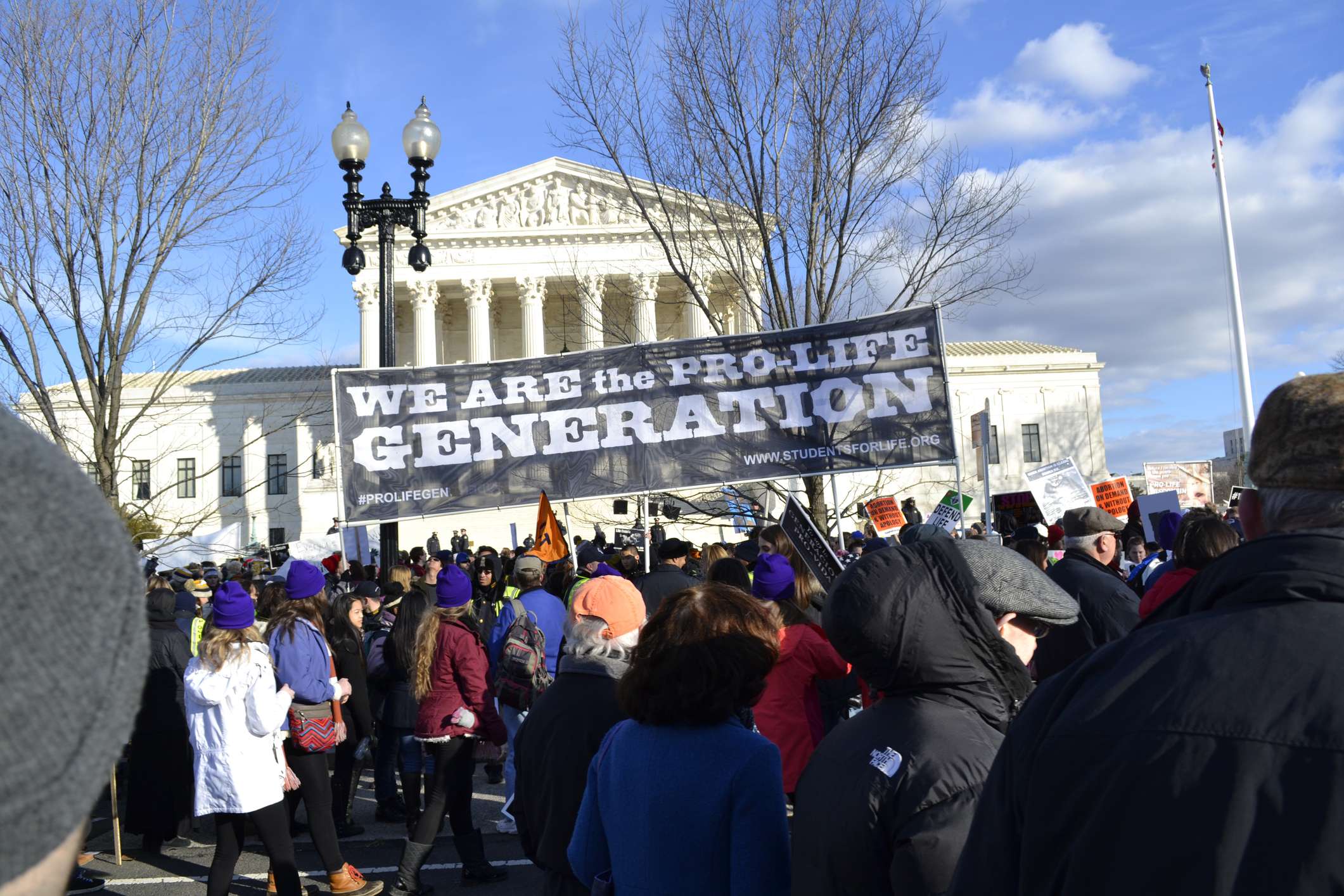
The Pro-Life Generation Rises, and the Numbers Prove It
27 Jun 2025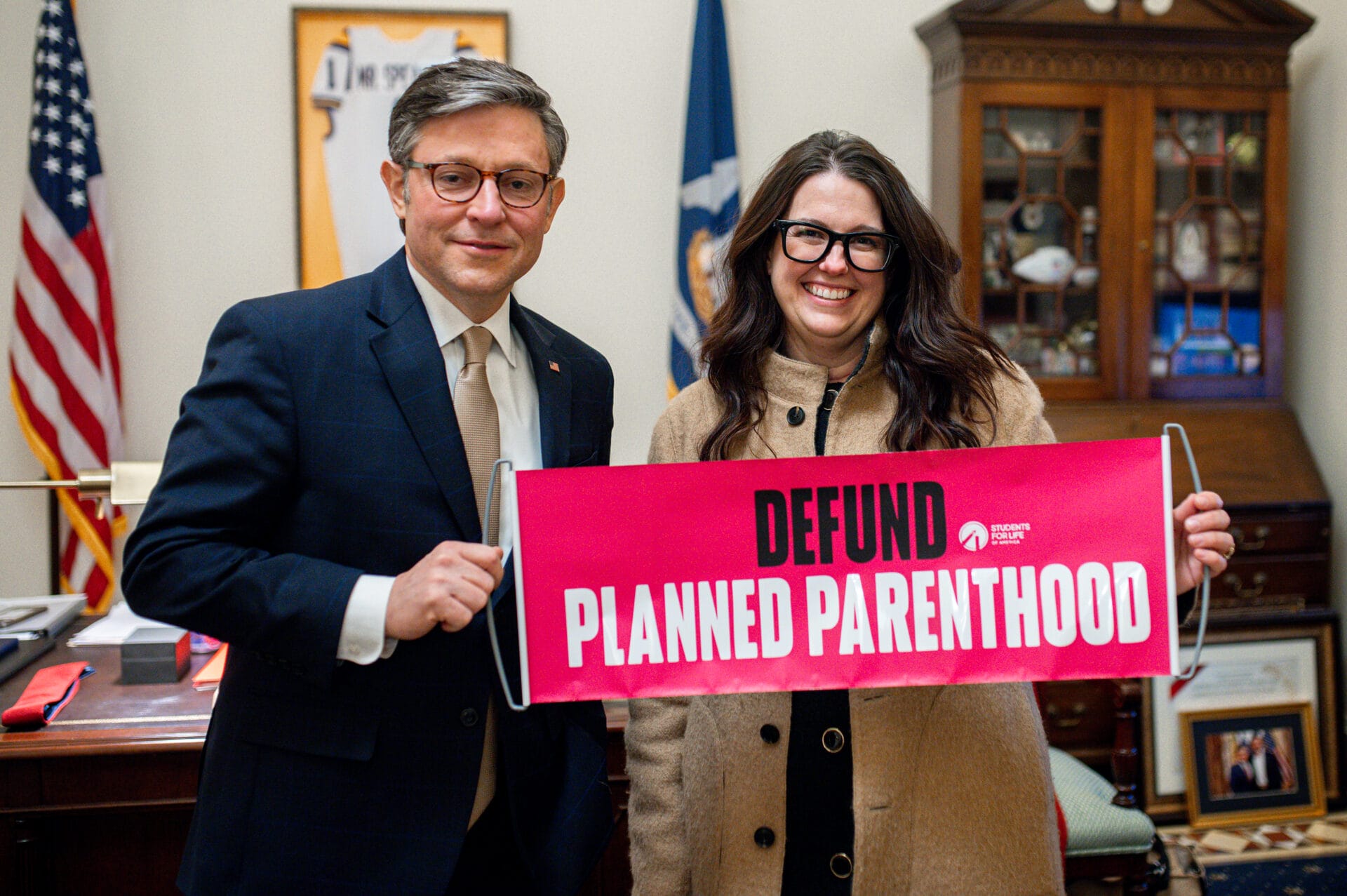
NEWS: SFLA Honors Pro-Life Leaders Taking On Planned Parenthood
27 Jun 2025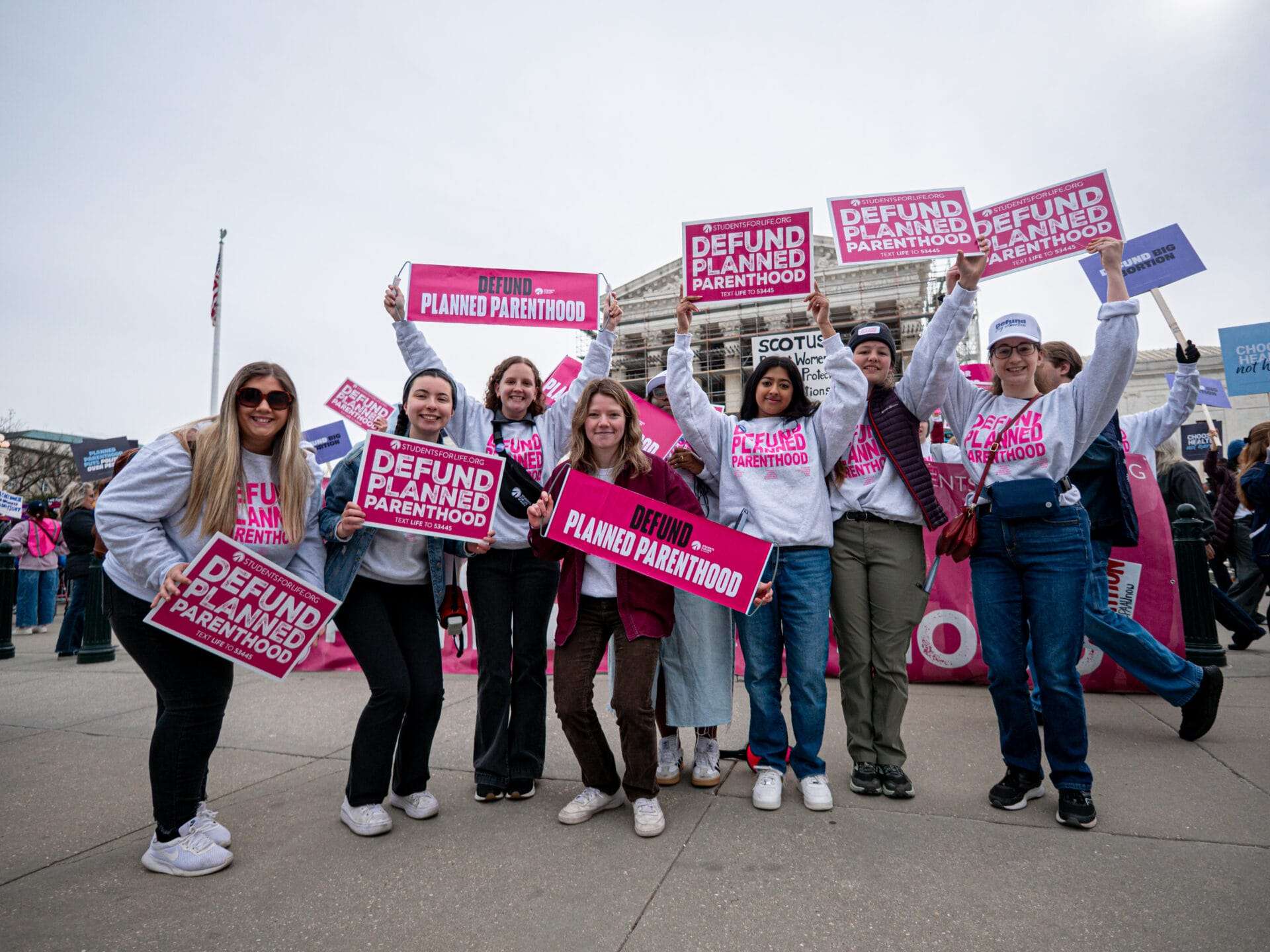
BREAKING: SCOTUS Tells States They Can Tell Planned Parenthood & All Abortion Vendors to ‘Go Fund Themselves’
26 Jun 2025
